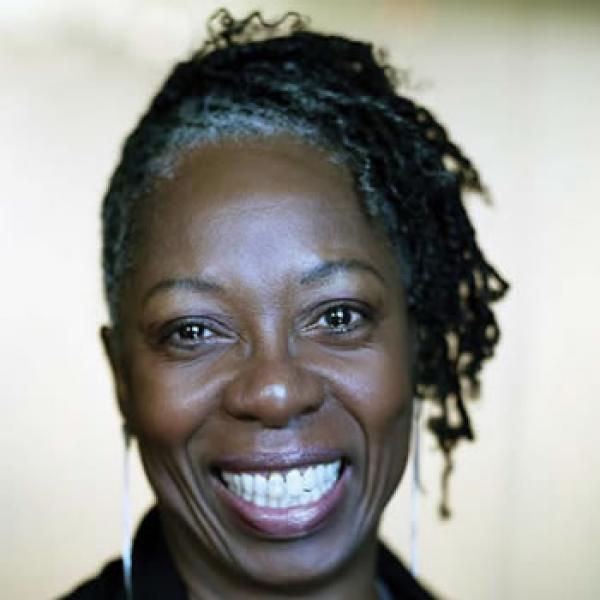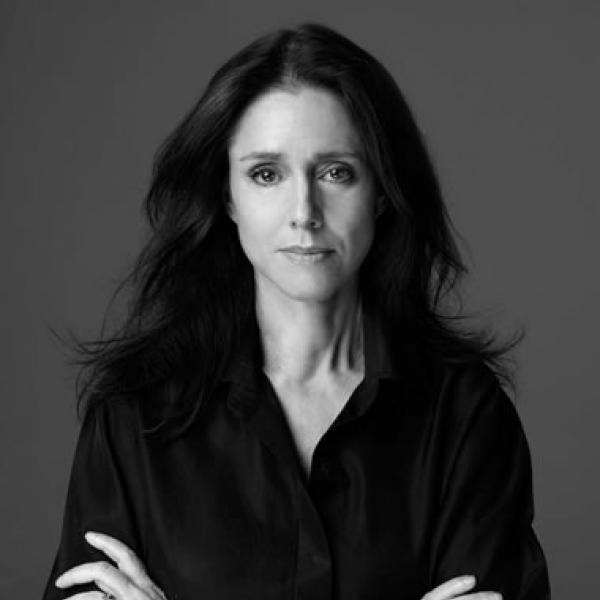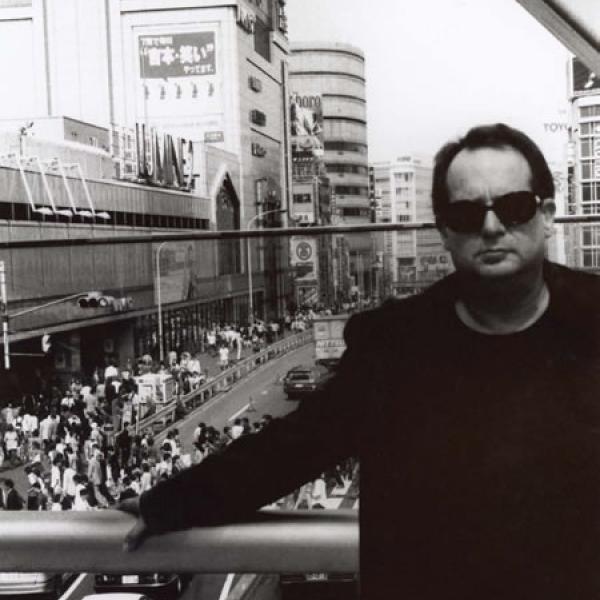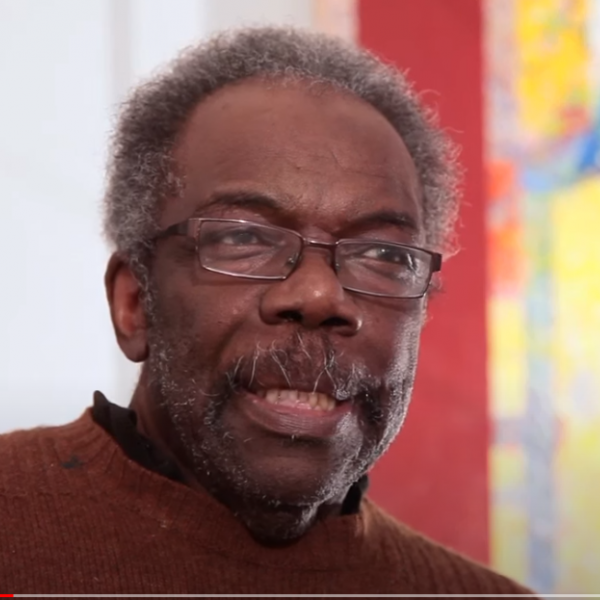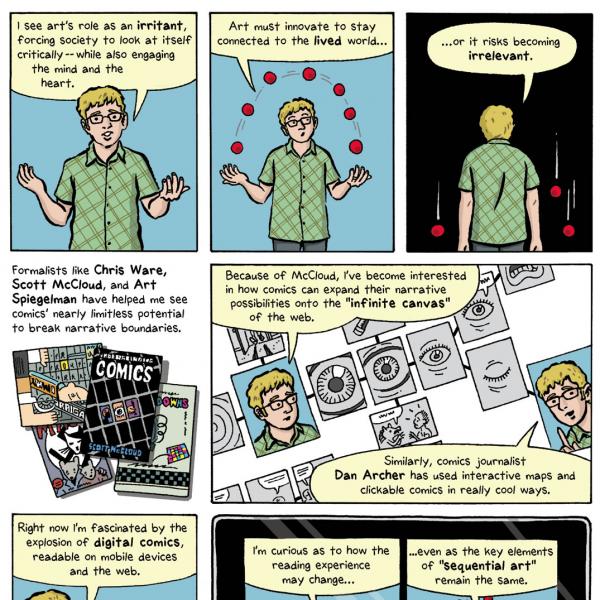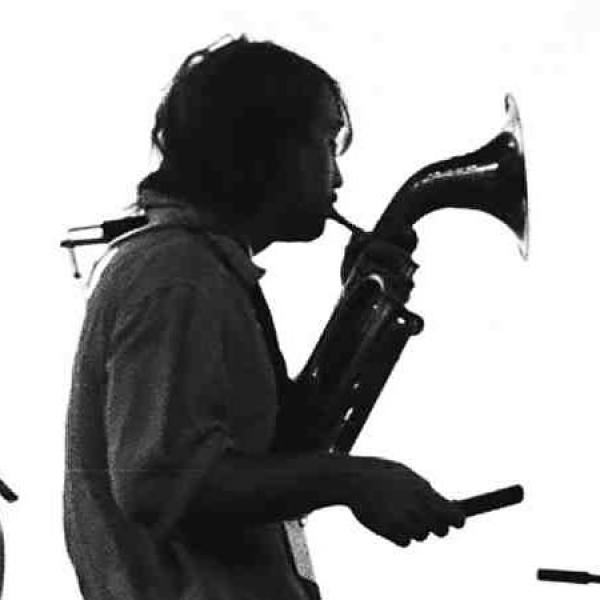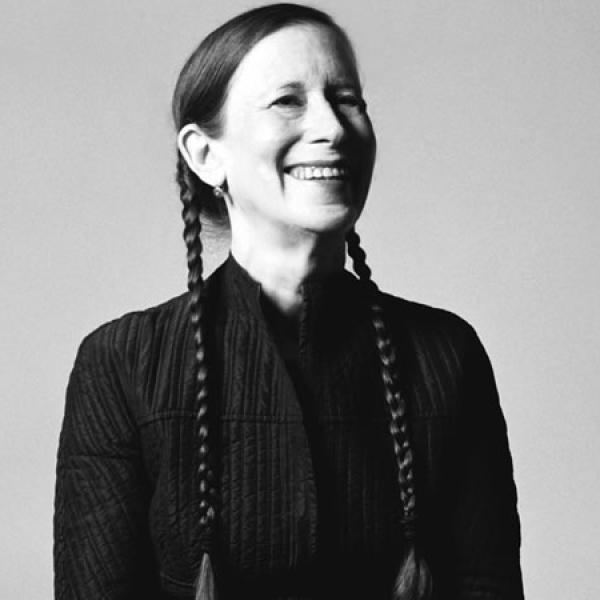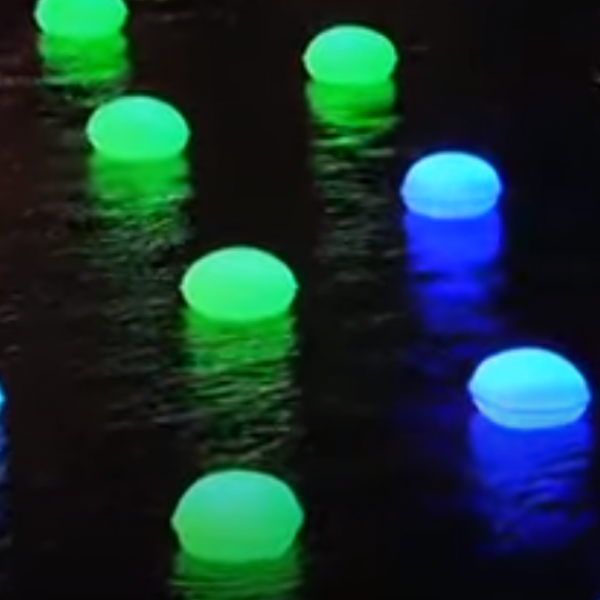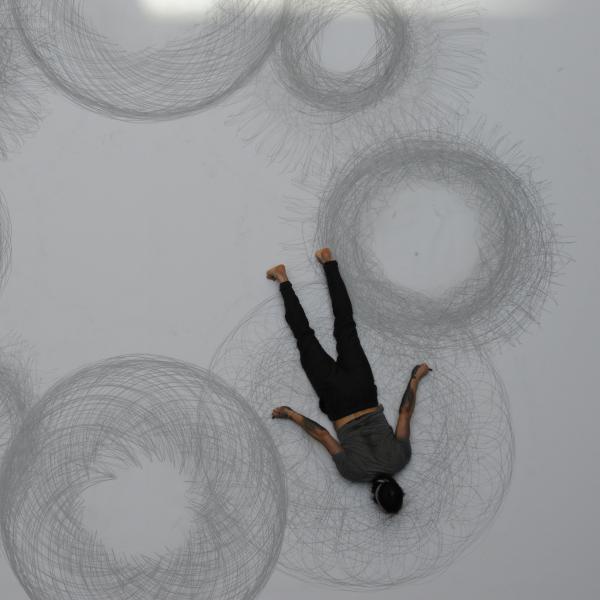Fred Dust
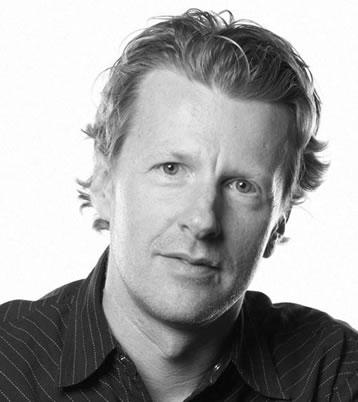
As a young art history major and practicing artist, Fred Dust probably never imagined a future in which he'd be leading something called "Systems at Scale." But that's exactly what he does as a partner at groundbreaking design firm IDEO. Dust has done everything from helping the American Red Cross redesign its donation experience to collaborating with staff and patients at the Mayo Clinic to re-structure their service models. Another recent project is helping design the newly authorized Consumer Financial Protection Bureau from A–Z, including its branding, culture, and user experience. In his own words, here's Dust on the importance of constraints, collaborations, and perspectives.
|
See Fred Dust's TEDxBerkeley April 2010 presentation on how good design makes people act differently. |
INNOVATION AND DESIGN
One of the reasons that I moved from art into the world of design was because...I basically felt like I wanted some rules, [a way to] think about creativity that put constraints around the ways you could speak, and made you make sure that you were engaging with the public that you were dealing with. What's funny is that when I was an artist I often got most of my inspiration from design. And now that I'm a designer I get most of my inspiration from art.
[I went into architecture thinking I] would use architecture to come back and think about how you might practice in the world of arts. What I got really engaged with though was the idea of architecture and the fact that -- if done well and if you paid close attention to the people you were designing for -- it actually could change people's lives and do it in a profound and day-to-day way. I practiced architecture for a short period, [and then] went to IDEO mostly because it felt like you could take that idea of design and stretch it even further. The work that I do now is focused more on design and how it actually influences and impacts large-scale systems. Often when people think about design, it's about a building or you think of a product or a phone, but we realized that you can also design services. You can design the way people actually interact with things and with each other. You can design cultures.
[Innovation is] kind of synonymous with the way that I look at design. What's interesting to me is that design does a couple of things. One is it takes problems with real constraints. You have to think about how you're going to design an experience that's really going to engage with the consumer. How are you going to rethink a healthcare experience so that the patient is happy? So you have very real constraints around it. Innovation is saying, "How do we actually do something new within this kind of space, using the design methodology to do it?" And our methodology is twofold. It's human-centered, which means that we spend a lot of time looking at people that we're designing for. We have anthropologists and psychologists and sociologists and designers out in the field, understanding who we're designing for. And then basically at some [point] saying what would really help improve a situation; how do you actually make a breakthrough around it? Sometimes those things are actually quite simple and quite small. Sometimes they're seismic. You have to rethink a whole system. And so I think, by nature, the innovation process for us is about reinventing things and making them work a little better for the people who have to use them and make them.
SEISMIC SHIFTS
In the art world and in the design world, I think we're all seeing a time of seismic change. The fact is [that] technology is meaning whole different ways of engaging with the world, and it's actually shifting our behaviors. Plus, culturally and politically we're seeing seismic shifts. And, I think, innovation is a tool to kind of adapt ourselves to what the world is bringing us, to create a good place for change.
Marina Abramović, the performance artist, did [a show] at MoMA in New York. She did this piece where she was staring at anyone who would sit in a chair across from her. [MoMA] would post photos of the people that she was staring at on the MoMA website. One of the things I thought was amazing [was] basically the idea of the artist using social media as a way to distribute the work. But then there was this whole other subculture for people who took those photos, and they created this website called Abramović Made Me Cry...and they took all of the photos from the MoMA site where people were crying, and they created their own web installation. So what that points to me is this moment where we're seeing people take control over content and distributing it in whole new ways. That's actually true in the art world, and that's the same thing for us in the world of design.... I think innovation is a way for us to say if we know [new developments are] happening -- how do we either use them to our best effect, or how do we understand them and make sure [they aren't] hurting us in some way?
DIFFERENT PERSPECTIVES
We believe at IDEO that the collaborative practice, that more eyes, more people looking at a problem, and more people thinking creatively, means that you're more likely to get a better idea.... I think one of the most exciting places that we've gotten to in the world of design right now is the idea that we don't have the same kind of designer talking to the same kind of designer, and that we don't necessarily have designers just talking to designers. So on our teams we will have a traditional designer like an architect. We might have an anthropologist. We might have a field expert, somebody who knows a lot about a certain kind of area or industry. But we'll also have a writer. We'll put a filmmaker on a project. It's those kinds of collaborations, when you get a disparate [group] of people onto a project, that you get really different kinds of perspectives on the problem. And then you get really different kinds of outcomes. So I think one of the most exciting things about where we've gotten to today is around the idea that [collaboration] doesn't mean three different kinds of designers...but rather really different kinds of people who are bringing their perspectives to the problems.
I think we tend to think about innovation as something that's all new. [I]n a lot of work that we do around designing new technologies or new technology systems or social media systems for people... what you might be trying to get people to do might be something that they've [already] wanted to do.
Take something really simple like Craigslist, which is a pretty brilliant idea, really simple. What it really does is it blows up the idea of bartering or garage sales, things that we always did. It just lets us do it in a new way. So the behavior is actually in our history. Sometimes it might be a new thing to support treasured behaviors that we have.
To be honest, it's heartening. Because what it says to me is that there [are] many new ways of doing things but the reality is there may be kind of baseline things as humans that we actually are always going to be seeking, just maybe using new tools to get there. I find it encouraging.


